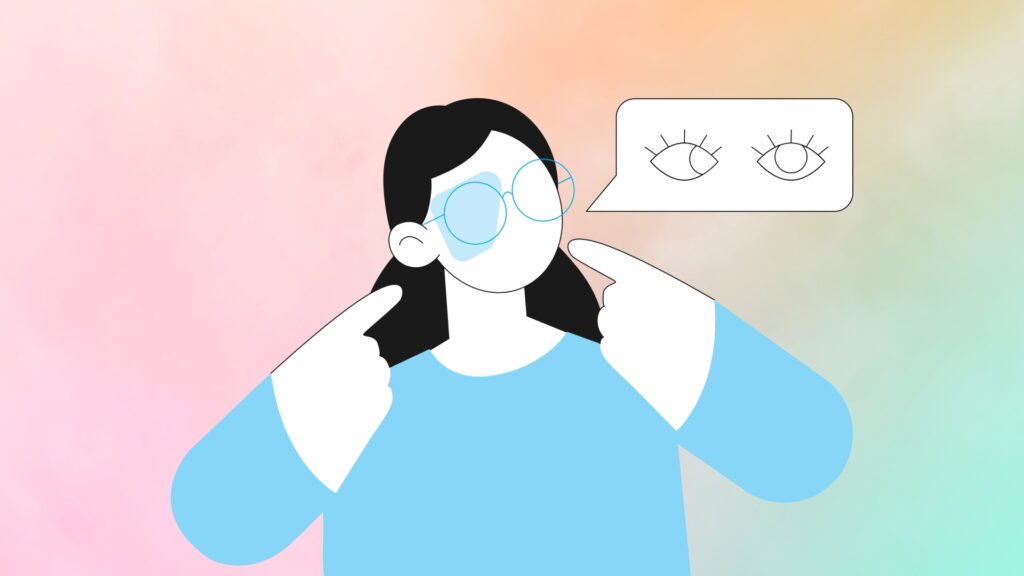
Strabismus or crossed eye is a condition where the eyes don’t look at the same place at the same time. This happens due to poor eye muscle control or farsightedness. This condition usually starts in infants by the age of three.
Proper eye alignment is very essential for depth perception, avoiding double vision and preventing poor vision in humans.
During the misalignment of the eye, the brain receives two images, which may create confusion and a double image. But, over time, your brain learns to ignore the image. However, delaying or avoiding treatment can lead to less vision permanently, known as amblyopia or lazy eye.
Six muscles attach to each of your eyes and help it move around and stay in alignment by receiving instructions from your brain. Both of your eyes usually work together to point at the same place, but when you have strabismus, your eye may turn in, out, up or down.
Classification of Strabismus as per direction of eye turns
They include
- Esotropia: inward turning
- Exotropia: outward turning
- Hypertropia: upward turning
- Hypotropia: downward turning
Non-directional classifications
- Frequency of occurrence (constant/intermittent)
- Whether it’s a unilateral eye
- If the condition is alternating from the left eye to the right eye and vice-versa,
Risk factors
- Refractive errors: Farsightedness without any correction. So, pressure on the eye can have an adverse effect, causing strabismus.
- Family history: Genetics may play a role in developing strabismus.
- Medical conditions: Conditions such as Down’s Syndrome, Cerebral Palsy, existing head injury or stroke could cause strabismus.
Common Forms
- Accommodative esotropia occurs due to uncorrected farsightedness and may cause your eyes to turn inward. Symptoms include double vision, covering one eye when doing close work, and tilting or turning the head.
- Intermittent exotropia occurs when a person cannot coordinate both eyes together. They may close one eye when viewing at distances or in sunlight.
Symptoms
- Double vision
- False depth perception
- Eyes that don’t move together
- Eyes that don’t look aligned
- Tilting to look at things
- Frequent blinking or squinting, especially in bright sunlight
Diagnosis
Strabismus diagnosis is done by an eye specialist through a comprehensive eye exam. These include
- Examining patient history: Your eye specialist will examine your medical history for symptoms of strabismus. So, they may note any general health problems, medications you consume or environmental factors causing your condition.
- Checking for visual acuity: Your visual acuity assessment will be done to assess the extent of your condition.
- Refraction
- Examining your eye health
- Focus and alignment testing
Treatment
Treating this condition involves the use of eyeglasses, contact lenses, prism lenses, vision therapy or even an eye muscle surgery. Hence, they vary as per the type and extent of strabismus.
Hence, you can keep strabismus in check if early detection is done. Screen your infant before the age of 6 and between 3 and 5 years of age.
Maxivision Eye Hospital is the best eye hospital in Hyderabad. Our eye specialists are well known for tackling strabismus and other critical conditions of the eye. Hence, if you or your infant has symptoms, please contact us as soon as possible.